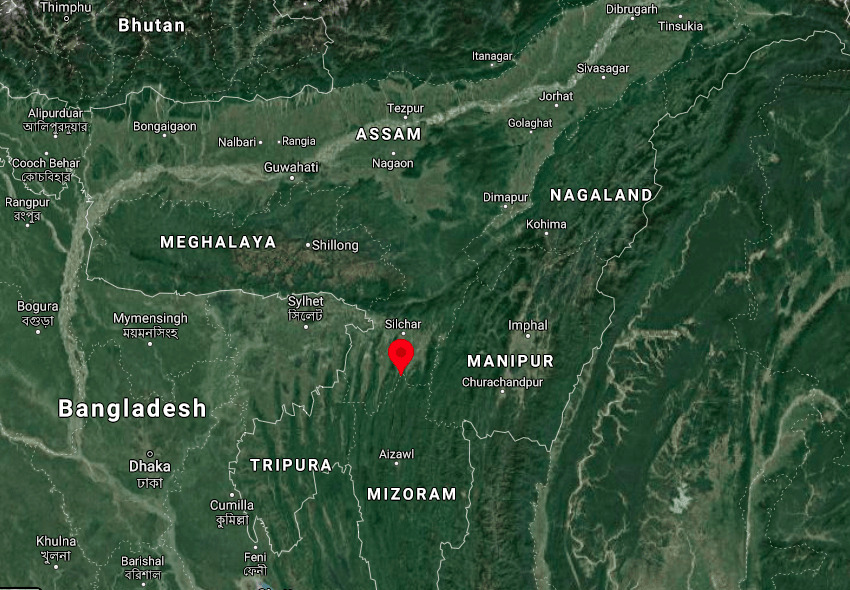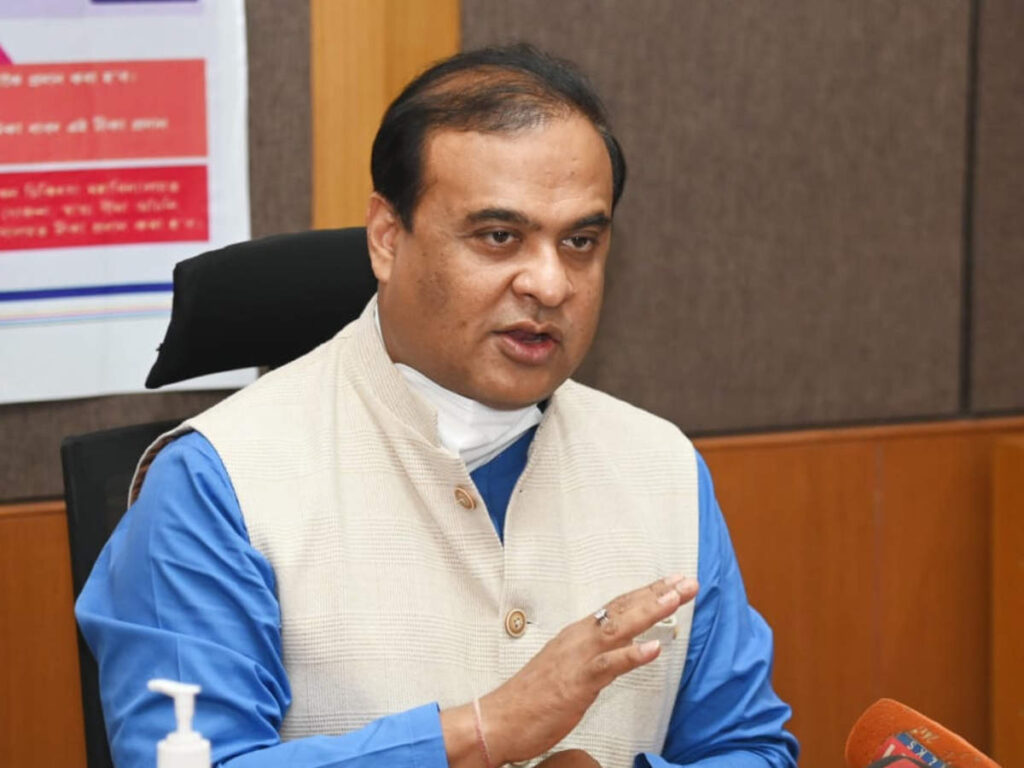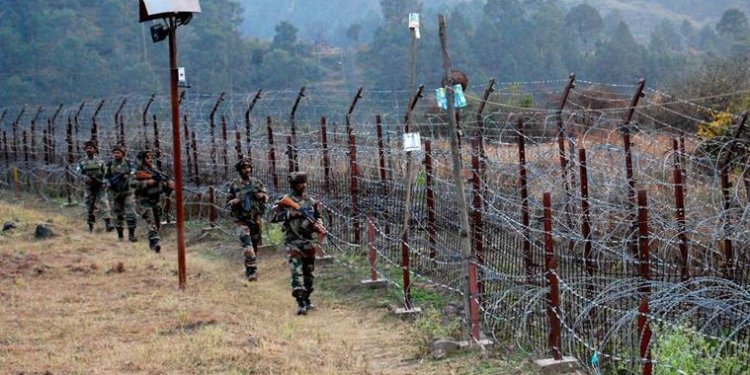Northeastern states of India have become synonymous with the word dispute. It is unfortunate but the harsh truth is that border disputes like these have become a part of people’s day-to-day lives. The recent Assam – Mizoram conflict has been one such dispute for many years now and has gained momentum yet again a few months back. Along with five other states, Mizoram and Assam are located in the north-east region of India, which stretches from the snow-covered Himalayas just below Tibet straight down to the plains of Bangladesh, bordering the jungles of Myanmar (Burma) in the east.

Three districts of Mizoram share a border of length 165km with a few districts of Assam. The ongoing conflict escalated on 26 July after clashes erupted between police on either side of a contentious border point. It has already claimed six Assam personnel lives and over seventy of them are injured. Interstate talks have led to temporary ceasefires, but the real problem has not been dealt with – namely, the mythical idea that northeastern states have of their borders and the political games and tactics they play in order to protect and defend their territories.
This boundary dispute dates from colonial times. During the British Raj, outer lines were delineated according to their administrative needs to create boundaries between Assam and Mizoram .

In the early 1960s and early 1970s, new states grew up within Assam’s borders to gain territory. As a constituent state of India, Assam lost much of its territory to fresh states.
This dispute between Assam and Mizoram dates from 1875, when a notification identified the Lushai Hills as distinct from the Cachar plains, and another notification from 1933, delineating a boundary between those hills and Manipur.
The Cachar plains of Assam and the Lushai Hills of Mizoram, where the Mizo tribes live, border Assam and Mizoram, respectively. Assam and Mizoram have long been in disagreement over the boundary line. As a result of colonial rule, there are two demarcation lines in existence. The first is the 1875 notification when the British consulted the Mizo tribes (name given to the tribes of Mizoram) about the demarcation of the boundary line.
Mizo tribes, however, were not consulted about the demarcation of the boundary line when the relevant notification was issued in 1933, though the Government of Assam accepted it and understood the need to do so. However, the Mizos consistently rejected it.

All the events started lining up one after the another when in October, 2020 a farm hut and a betel nut plantation belonging to two Mizoram residents were set on fire on the border of Karimganj and Mamit districts of Assam and Mizoram states respectively. According to the residents of Mizoram, the illegal Bangladeshis residing in Assam are to be blamed for the clash. After receiving assailant threats, the Mizoram government deployed troops in Assam-claimed areas.
A blockade by citizens of both states had brought all traffic to a halt for almost three weeks until the federal government intervened to resolve the conflict.
The police camps of Mizoram and Assam are separated by a small river, with federal forces stationed between them to maintain peace. Mizoram is ruled by the Mizo National Front (MNF), which is a member of the Northeast Democratic Alliance headed by India’s ruling BJP. Neighboring Assam is also ruled by the BJP. Assam even advised locals not to travel to Mizoram. Leaders on both sides have claimed that violence was provoked by the other. The two states have even filed murder cases against senior officials on the other side.

Chief Minister Himanta Biswa Sarma of Assam tweeted that members of the Assam police had been killed while defending Assam’s constitutional border with Mizoram. He offered heartfelt condolences to the families of the martyrs after the 26th July, 2021 incident.
On the eve of Independence Day, 2021 a primary school was bombed in Hailakandi district of Assam by unknown miscreants at Kachurthal area. In a statement, Hailakandi superintendent of police (SP) Gaurav Upadhyay said the bombing occurred from 11 to 11:30 pm on Friday and fortunately no one was injured. “The miscreants from the Mizoram side perpetrated the bombing,” he said.
On 17th of August, a new round of violence took place between the two states even after the Centre intervened and negotiated between them. One Mizoram civilian was injured after being shot at by Assam policemen. However, Assam alleges that the men in uniform only returned the fire after miscreants fired upon them. The blame game has been the way out from all such similar clashes. Arunachal Pradesh, Nagaland, Meghalaya, and the state of Nagaland also each have border disputes with Assam, all of which were also carved out of Assam to fulfill ethnic tribal desires.
Nevertheless, Assam and Mizoram have decided to settle their border dispute peacefully on instructions from the Central government.
India has been independent for 75 years now from the shackles of the British government and claims to be one democratic, peace loving country. But are we really independent in the true sense of it? The intra states, inter states fights do not put the same image as the statements that we have been giving to the outside world. We celebrate our independence with our heads held high, paying tribute to our brave freedom fighters, remembering each and every martyr. But what was the outcome of those bloodshed years of fighting? Nothing more than disputes, wars, discrimination, inequality between our own people within our own independent country.
With respect to the Assam – Mizoram border dispute, what if there was an understanding between the two state governments and officials which would make them realize that blame games are not the answer to the lives lost in clashes like these? Would the lives of the common people, the martyrs, their families be worse off or better off? Are we all waiting for that one miracle or the guiding spirit who would show us the way to the beautifully diverse country, India?
I would leave these questions open to our readers.
Written by- Indrani Mukherjee
Edited by- Radhika Khandelwal




